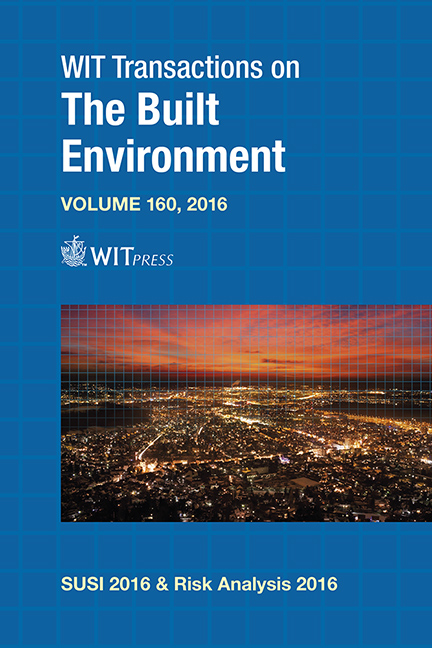Effective FEA Design Of Hard Face Composite Structures To Stop Armor Piercing Projectiles
Price
Free (open access)
Transaction
Volume
160
Pages
10
Page Range
11 - 20
Published
2016
Size
980 kb
Paper DOI
10.2495/SUSI160021
Copyright
WIT Press
Author(s)
G. A. Forental, S. B. Sapozhnikov
Abstract
Traditional ceramic/composite personal protective structures now are monolithic. In this case, the ceramic part is designed to shatter the high hardness core of the projectile into fragments and the role of the composite part is full dissipation of the residual energy of these fragments. In order to stop a 7.62 calibre armor piercing projectile (B-32), the current design of an alumina/aramid fibre reinforced plastic structure consists of 10 mm of alumina and 10 mm of composite backing, so the areal density is about 50 kg/m2. In this work, we designed ceramics/sandwich composite protective structures, which have less weight and cost than traditional ones. To make the FEA optimization procedure of the new structure faster we developed novel low-parametric failure models of ceramics and FRPs. For alumina ceramic we proposed pseudo-brittle (with plasticity only at compression, strain rate insensitive tension strength) failure model. The failure model of a layered composite has two mechanisms: brittle fibre’s breakage and delamination (breakable layer’s contacts). We used ANSYS/AUTODYN-3D explicit code with a ‘death of elements’ approach and the remaining eroded element’s inertia.
Keywords
ceramics, composite backing, FEA, AP bullet, sandwich structure





